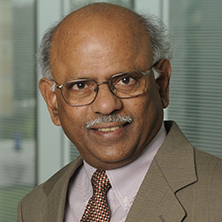
Venugopal Balasubramanian , Ph.D., CCC-SLP
Associate Professor
Department of Speech-Language Pathology
(973) 275-2912
Email
Interprofessional Health Sciences Campus
Room 444
Venugopal Balasubramanian, Ph.D., CCC-SLP
Associate Professor
Department of Speech-Language Pathology

